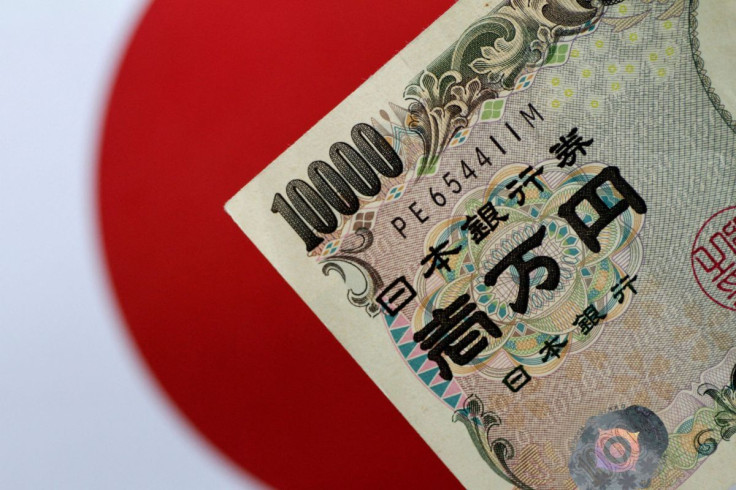Japan Bank Lending Growth Slows To Decade-low As Pandemic-induced Strain Eases

Japan's bank lending rose at the slowest increase in a decade in February as immediate pressure for corporates to borrow cash continued to ease amid a broader economic recovery from the pandemic slump.
While the central bank's massive money printing will likely keep funding conditions ultra-loose, the crisis in Ukraine could hurt restaurants and retailers still reeling from the COVID-19 curbs, some analysts say.
Lending increased 0.4% in February year-on-year, the slowest pace since May 2012 and following a revised 0.5% gain in January, Bank of Japan (BOJ) data showed on Tuesday, as borrowers continued to pay back loans extended during the pandemic.
"We must keep an eye out on how developments in Ukraine could affect corporate funding through rising crude oil prices," a BOJ official told a briefing.
Outstanding loans held by the country's four main categories of banks, including "shinkin" or credit unions, stood at 580.048 trillion yen ($5.03 trillion), the BOJ data showed.
"Companies have abundant liquidity, so additional demand for funds remains subdued," the BOJ official said.
Lending by major banks fell 1.3% in February from a year earlier after dropping 1.0% in January, marking the biggest decline since August 2021, the data showed.
Regional banks' lending rose 1.7%, marking the smallest increase in more than a decade, the data showed.
At a policy meeting in December last year, the BOJ extended by six months a March 2022 deadline for its pandemic-relief programme to ensure commercial banks' keep channeling funds to small firms.
But it decided to phase out most other parts of the emergency funding scheme from April in a nod to sharp improvements in big firms' financial conditions.
($1 = 115.3300 yen)
© Copyright Thomson Reuters 2024. All rights reserved.




















